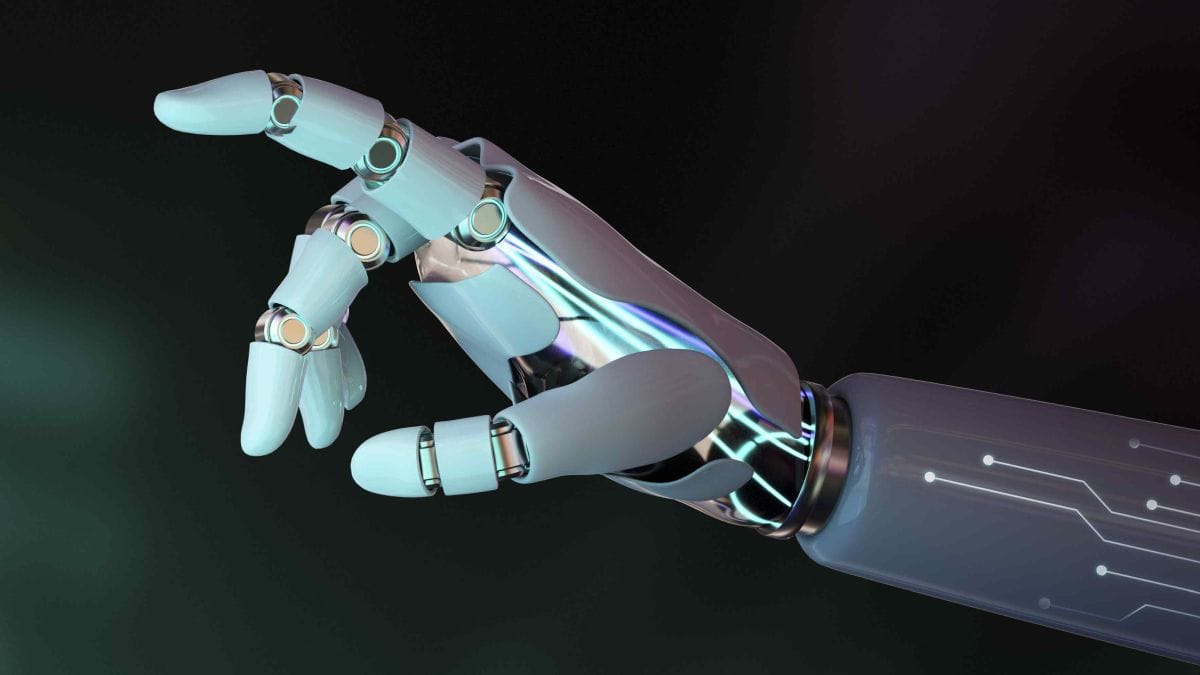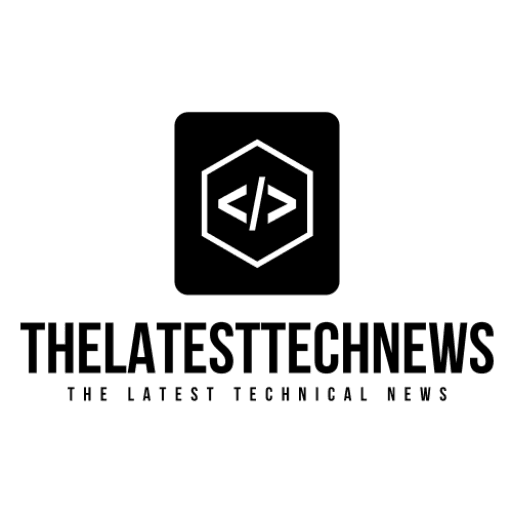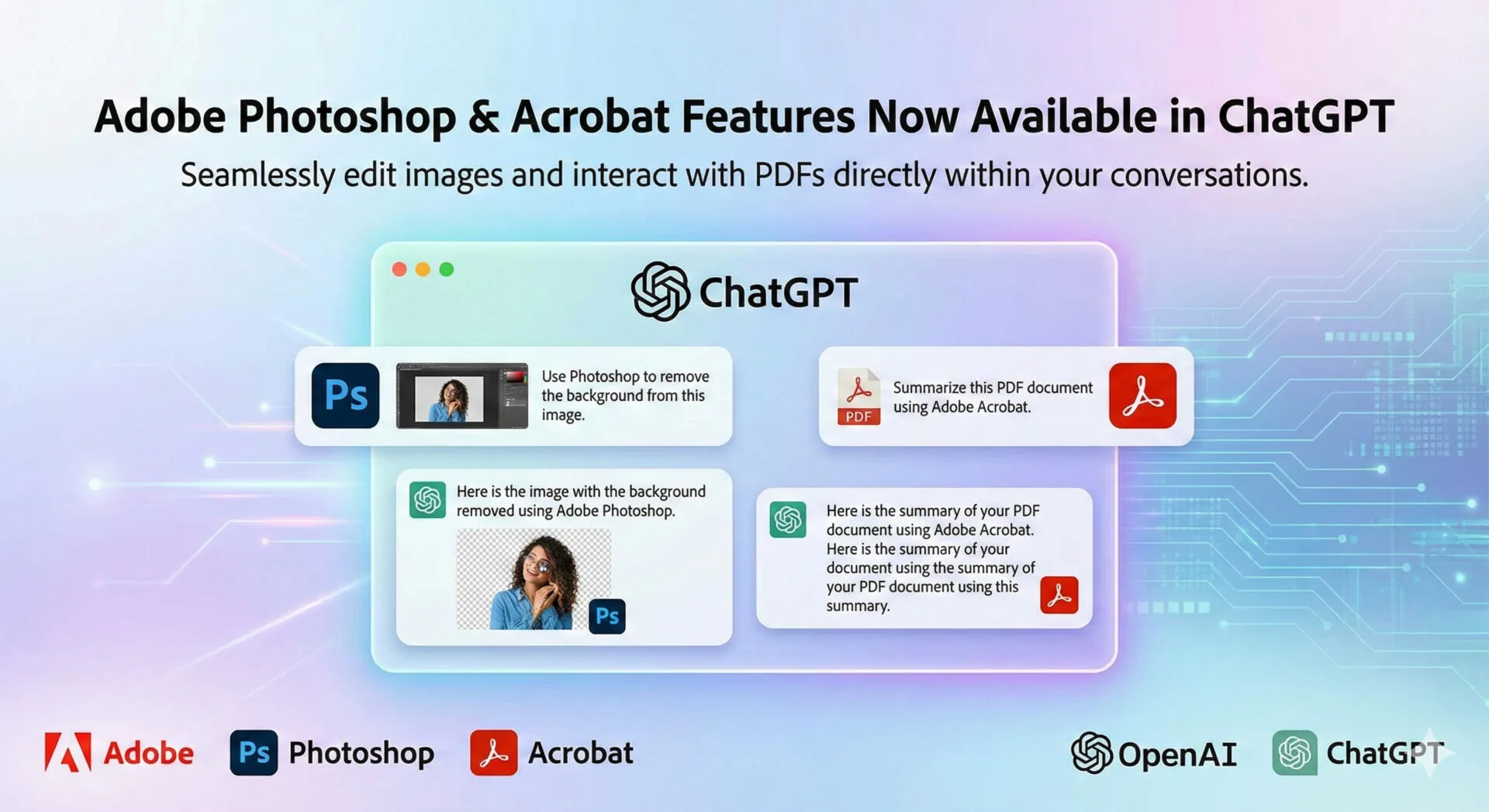There’s a strange vertigo gripping the American workplace—the kind you get when standing on a glass floor fifty stories up. You know it’s safe. The engineers swear it’s safe.
But your lizard brain screams otherwise.
Welcome to 2025, where 90% of workers use AI daily, yet only 27% trust their employers to deploy it responsibly. We’re all leaning over the edge, and nobody’s quite sure if we’re flying or falling. The numbers sketch a portrait of mass cognitive dissonance so profound it borders on collective madness.
Generative AI adoption hit 54.6% this year—outpacing both personal computers three years after the IBM PC launched in 1981 and the internet three years after it went commercial. We’ve never embraced a technology this quickly. And we’ve never mistrusted one quite so thoroughly while clutching it this tightly.
Consider the delicious contradiction: 91% of employees report their organizations use at least one AI technology in 2025, transforming workflows across every conceivable industry.
Yet trust in company-provided generative AI plummeted 31% between May and July 2025, while trust in agentic AI systems—those that can act independently—dropped a staggering 89%. We’re building our houses on quicksand and complaining about the foundation.
The Trust Chasm Nobody Wants to Cross
Here’s where the plot thickens into something resembling corporate tragedy.
Just 53% of frontline employees trust their leaders to implement AI effectively—nearly 20 points lower than senior leaders, who presumably trust themselves just fine at 71%. This isn’t a gap; it’s a chasm wide enough to swallow entire organizational strategies whole.
The executives see innovation. The workers see pink slips dressed in algorithmic clothing. While 43% of survey respondents expect no change in workforce size due to AI implementation, 32% predict decreases of 3% or more, and only 13% expect increases. Nobody’s quite sure what’s coming, but everyone’s bracing for impact.
And in this uncertainty, something fascinating happens: we keep using AI anyway. Not because we trust it, but because we can’t afford not to. Half of the U.S. workforce uses AI tools without knowing whether it’s allowed, while 44% admit to knowingly using it improperly.
We’ve created a shadow economy of unauthorized intelligence, where 45% of companies don’t pay for any AI tools, forcing 72% of managers to pay out of pocket for tools they need to do their jobs.
The Quality Problem We’re All Ignoring
But here’s the uncomfortable truth nobody wants to discuss at the quarterly all-hands: it’s not working that well. Three out of four workers abandon AI tasks mid-stream because results lack accuracy or quality.
We’re in a technological equivalent of a bad relationship—spending more time managing the dysfunction than reaping the benefits.
The data reveals an epidemic of what we might call “AI dependency without competency.” Sixty-four percent of employees admit to putting less effort into their work, knowing they can rely on AI, while 58% rely on AI output without thoroughly assessing it.
Predictably, this has led 57% to make mistakes in their work. We’re outsourcing our judgment before we’ve built the systems to verify we should.
The workplace has become a theater of careful deception. Fifty-three percent of workers present AI-generated content as their own, playing an elaborate game of “don’t ask, don’t tell” with their employers.
Meanwhile, 45% don’t trust their colleagues’ deliverables when they know AI assisted in creation, and 34% think less positively of colleagues who regularly use AI. We’ve built a culture where everyone uses the technology while simultaneously judging everyone else who does the same.
The Gender Paradox
The statistics reveal something particularly unsettling about who bears the burden of this technological transition. Women are more trusting of AI-assisted work from colleagues than men are, yet they’re significantly less comfortable admitting their own use of it to management.
The old double standards didn’t disappear with the new technology—they simply found new surfaces to adhere to. Women fear their AI-assisted work will be perceived as less authentic, a scrutiny not equally applied to their male counterparts. Progress, it turns out, has a way of carrying our prejudices forward.
The 7-Month Revolution: How Machines Learned to Outpace Us (And Why We’re Still Winning)
Listen—this isn’t the robot apocalypse your grandmother warned you about. It’s weirder, faster, and somehow both more terrifying and hopeful than anyone predicted.
Picture this: Every seven months, artificial intelligence doubles its ability to complete tasks that used to take humans hours, days, or even weeks.
Not incrementally better. Doubles. Like compound interest on steroids, except instead of money, it’s capability, and instead of your savings account, it’s the entire job market getting the interest treatment.
The Stanford AI Index just dropped numbers that should make every worker on Earth sit up straight: AI systems have surpassed human performance in almost every technical task, from advanced mathematics to visual reasoning.
The gap between top AI models has shrunk from a 12% performance difference to just 5% in a single year. They’re not just getting better—they’re converging on perfection like heat-seeking missiles locked onto a target called “human-level everything.”
The 7-Month Clock
That doubling-every-seven-months stat isn’t just a cool number—it’s an exponential curve that suggests we’re racing toward a cliff nobody can see clearly.
Extrapolating current trends predicts that, in under a decade, we will see AI agents that can independently complete a large fraction of software tasks that currently take humans days or weeks.
Under a decade. Tasks that take weeks.
Meanwhile, Deloitte estimates that 25% of enterprises using generative AI will deploy autonomous AI agents by 2025, with adoption doubling to 50% by 2027. These aren’t helpful assistants—they’re systems that think, reason, and act independently, learning and optimizing workflows without human oversight.
The Paradox at the Heart of Everything
Here’s what keeps me up at night: We’ve built machines that can solve calculus problems in milliseconds but can’t figure out if a joke is funny.
They can beat grandmasters at chess but struggle with tasks any five-year-old handles instinctively. They’re simultaneously superintelligent and remarkably stupid, powerful and fragile, revolutionary and limited.
60% of US workers today are in occupations that didn’t exist in 1940, which suggests we’re pretty good at inventing new ways to be useful when machines take over the old ways. But this time feels different—the speed, the scale, the totality of the transformation.
The question isn’t whether AI will replace humans. That question is answered: yes, massively, already happening.
The real question is whether we can create new roles faster than the old ones disappear, whether the 12-million-job surplus the spreadsheets promise will actually materialize, and whether humans will adapt quickly enough to stay relevant in a world where machines double their capabilities every seven months.
We’re not fighting the machines. We’re in a race against time, against exponential curves, against our own resistance to change. And the clock is ticking in seven-month intervals.
The divide between AI and humans isn’t a wall. It’s a moving target, shifting every 210 days, redrawing the map of human capability and obsolescence with terrifying speed and precision.
Welcome to the revolution. Hope you brought running shoes.







Leave a Reply